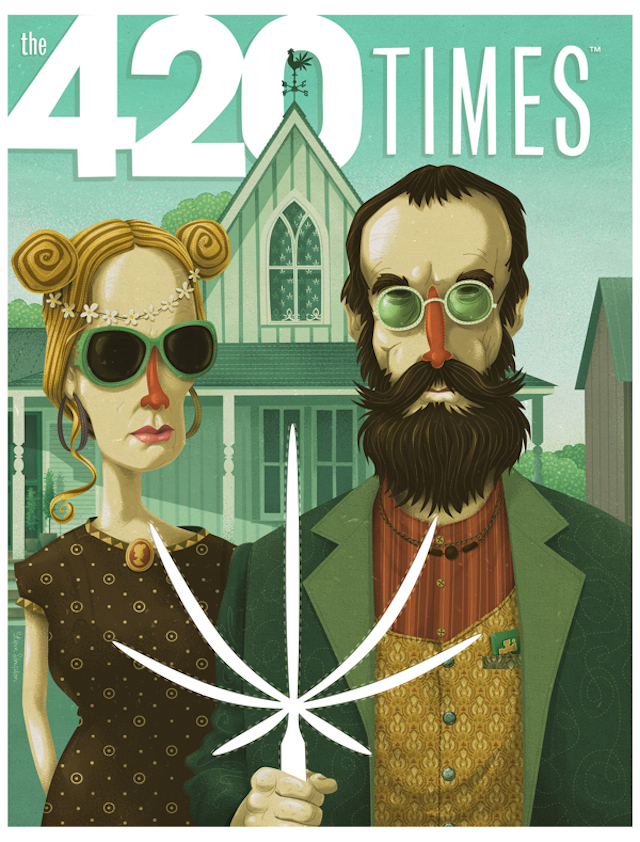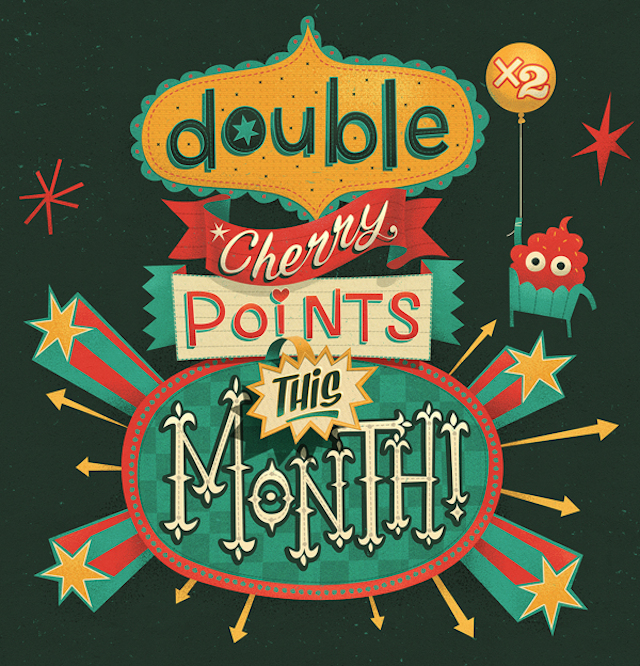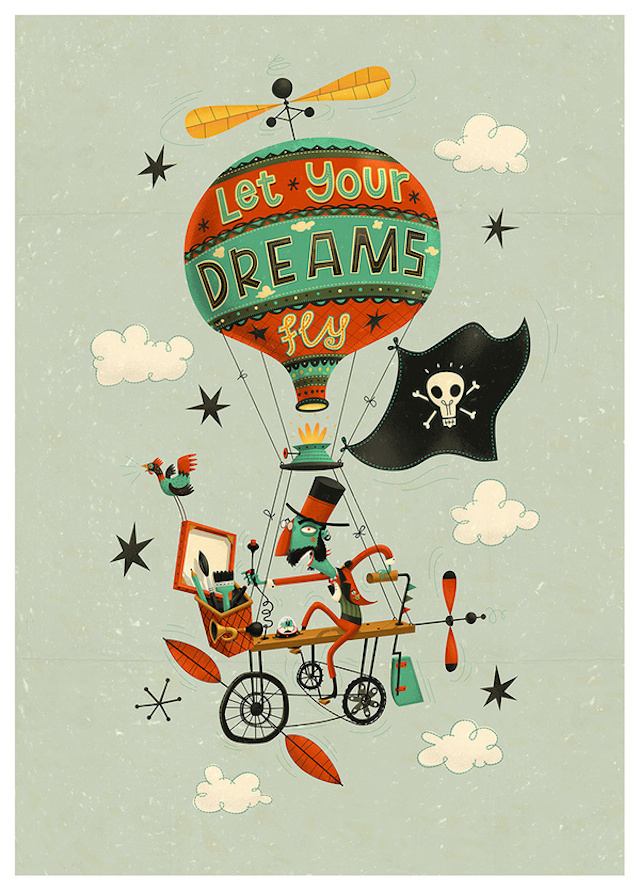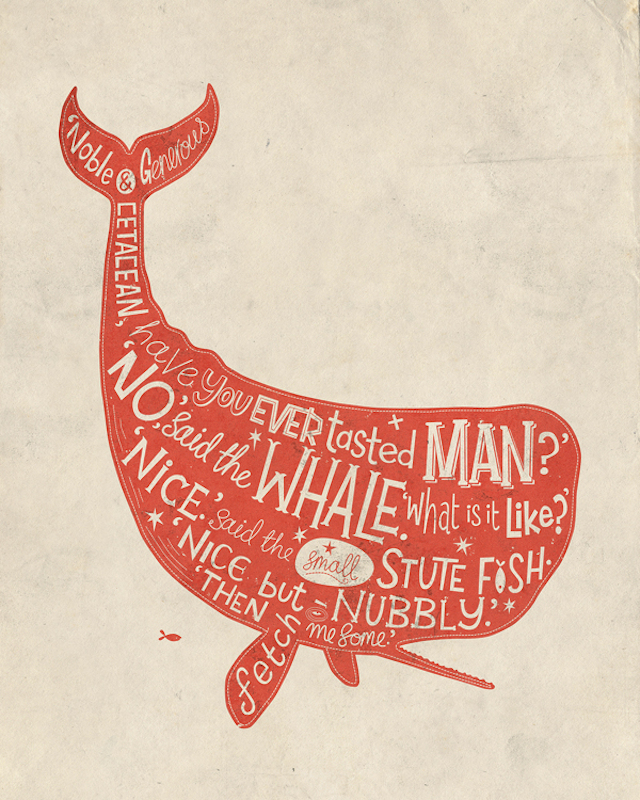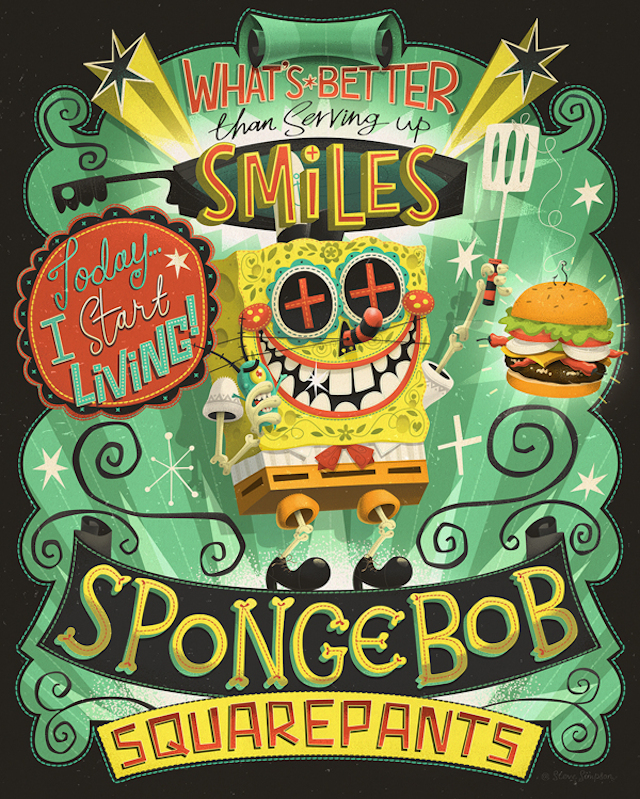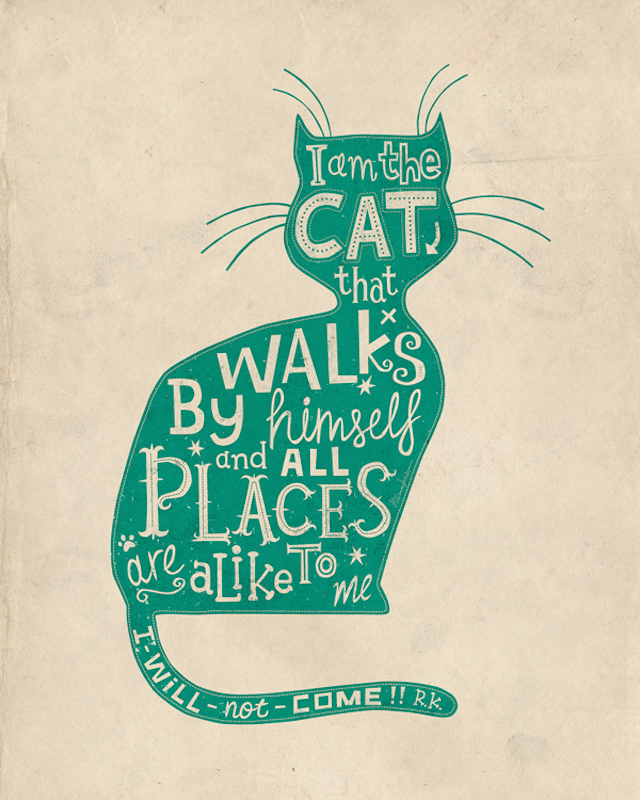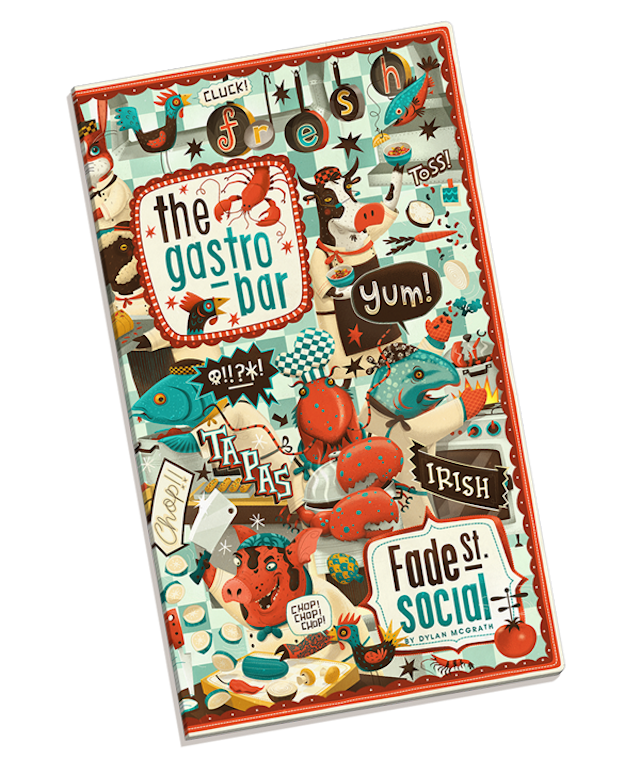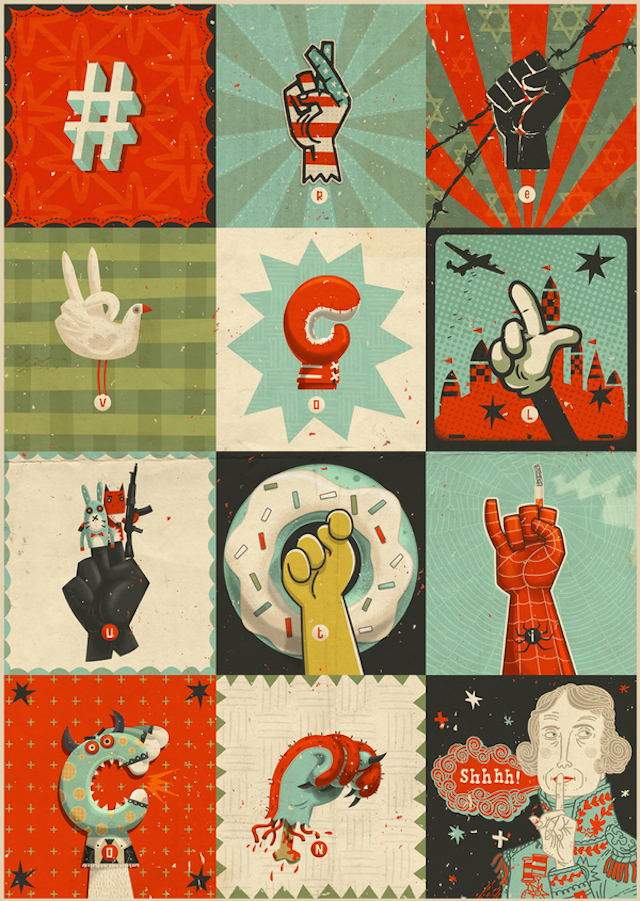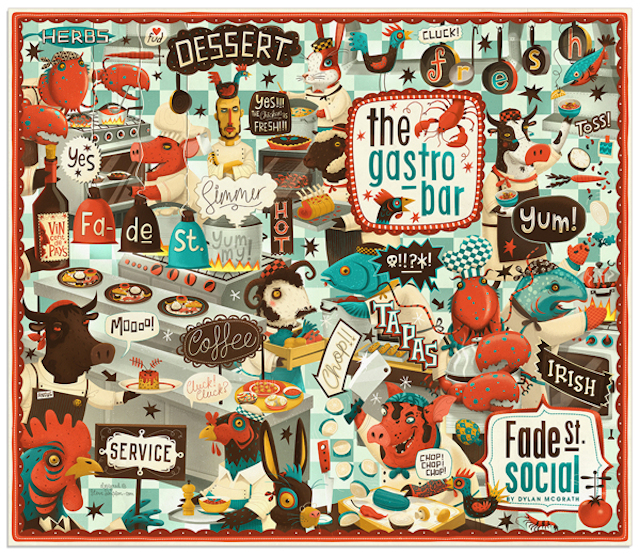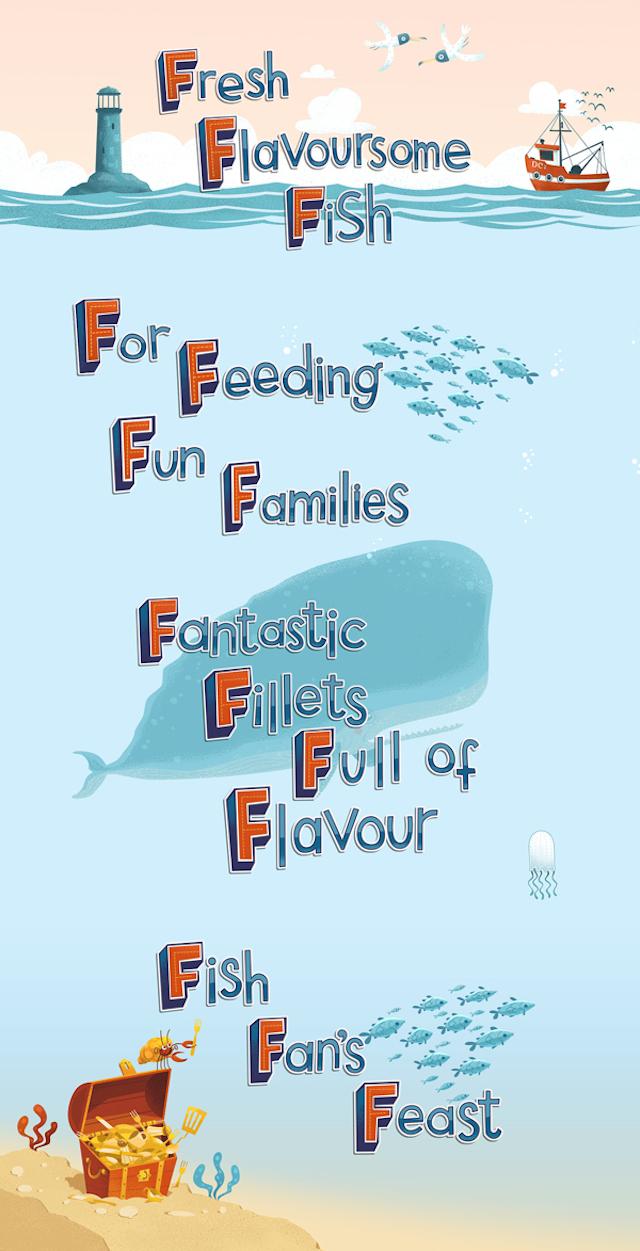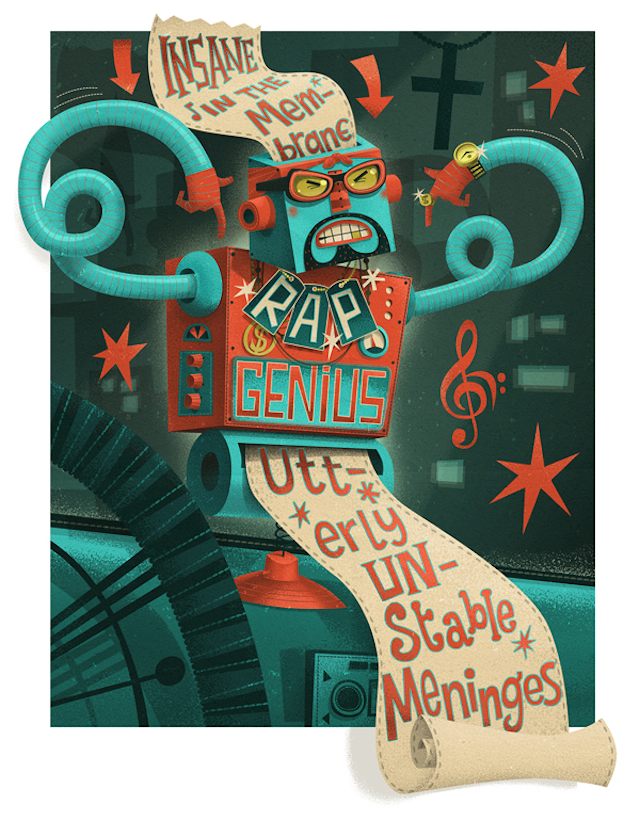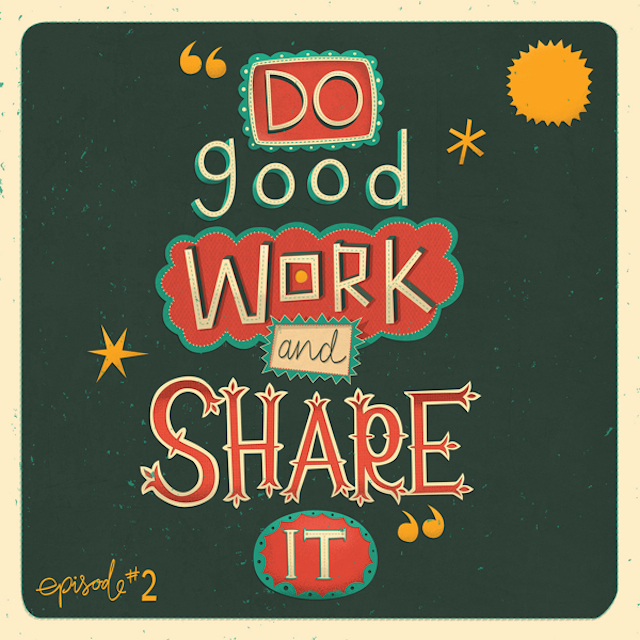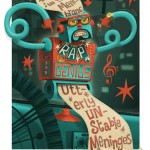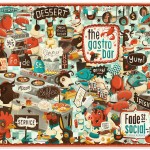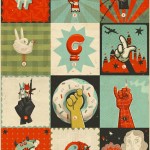Narrowing Down the Necessary Features of Your Online Shopping Cart
Posted in: UncategorizedThe whole world shops online. Before you purchase your product on an online merchant’s site, you have probably noticed that it is listed in the site’s cart. The notion of cart functionality sounds simple, but understanding the technology supporting this platform requires some prior knowledge. Simply put, a shopping cart is an online business’s content management system (CMS). This CMS interfaces with your browser to handle online transactions for your company.
A advanced online shopping cart system provides youeverything you need to start, processing credit cards and fulfilling orders on your website. Manage the content, page navigation and images all from your dedicated Content Management System (CMS).
 Simple to Use, Pretty to Look At
Simple to Use, Pretty to Look At
The easier your CMS is to modify and develop, the fewer headaches it will cause you in the long run. A good CMS has a Dashboard, or front of system operating panel. It really is just a way to click easily on the features and pages of your site, without having to be code-proficient. And then when it comes to code – the less you have to use, the better. Make sure your CMS offers themes or templates you can customize for the look and feel of your site. Finally, what is the customer support team like? A great online shopping cart CMS provider also has an awesome team to help with all your design and development needs.
How Do Customers Choose Which Products to Buy Online
How do you choose which products to buy online? Most shoppers would answer that they view a product’s picture, its product description, and any comments/ratings provided by users. All of these details are features of your shopping cart platform. When choosing a shopping cart CMS, a key feature that should be customizable is your online transaction system. It’s best if it allows for customizable product images and support for consumers to enter their comments and ratings of products.
Drill-Down Capabilities
Drill-down capabilities is geekspeak for leveled-navigation on a site. The top-level domain is the site’s home address – for example, Amazon.com. The levels, or tiers, beneath that level are what the user drills down. On Amazon, for instance, the second-level domains include departments, such as Books & Audible; Movies, Music, & Games; Electronics & Computers; Home, Garden, & Tools, and so forth. Beneath each department are more levels. If you click on Books & Audible, you will see the choices for Books, Kindle Books, Children’s Books, Textbooks, and Magazines. The more specificity your shopping cart’s CMS allows in drill-down capabilities (also known as layered-navigation), the easier it will be for users to locate their products when browsing the site.
Key Features of the Checkout Page
You have probably purchased products online and become frustrated by how long it takes to complete your transaction. We’ve all been there. It’s best to limit the number of page-clicks a customer has to sit through to buy a product. A customizable CMS optimally allows you to configure a one-page checkout. Also, when customers return to your site, an Archive feature of the shopping cart will allow them to review their previous purchases. In addition, the CMS you choose for your shopping cart should have a Refund option that is easy to add to the checkout page. And for you to track purchases and sort them by client or product, other key features of the checkout page include Export to CSV (spreadsheets) and a Sort and Filter capability.
Promotions
When choosing your online shopping cart CMS, make sure it has couponing, discounting, and gift card platforms available. Several hub coupon sites exist these days (Groupon, for example). Simplifying the entering of coupons and discounts on your cart is essential. Also, your online store may offer gift cards. An excellent shopping cart CMS tool will allow customers to purchase and redeem gifts cards. Also, the CMS will track the amount spent on the gift card, so the customer can return to the site and use their card again if money is still on the card. An even better plus is if you have the ability to make the gift card look pretty by designing it with a unique template.
Product Inventory
Perhaps this feature should be the first one listed. If your online shopping cart does not have a way to track the location, price, and quantities of products, customer may end up ordering items that are actually not in stock. Also, as a business owner, you need top-notch import and export functionality so you can use third-party software, such as Excel or Quickbooks, to track sales. Finally, is your inventory system integrated with analytics?
The hot word in today’s technosphere is data. The ability to track sales and customer profiles using a platform such as Google Analytics allows you to develop your business plan and marketing campaigns. Analytics help you to identify your customer base, target how to promote and discount hot products, and generate sales reports.
Now that you have an understanding of the key features of online shopping carts, it’s time to narrow down your search for the best provider. Make sure you have your domain, Web host, and a dedicated IP address registered for your site. Explore the different online shopping carts available. Do this before deciding on the design of your entire site. It is best to work from that final transaction page and move backwards so you can review all the details of the “guts” pages as you go. Think about how you want your home page to look, the number of levels (or tiers), you’d like to build out. Once you have a good picture of what your online store will look like and how you want transactions conducted, find the shopping cart CMS that hits all the key features outlined in this article. Good luck on building your online business.
The post Narrowing Down the Necessary Features of Your Online Shopping Cart appeared first on AdPulp.


























